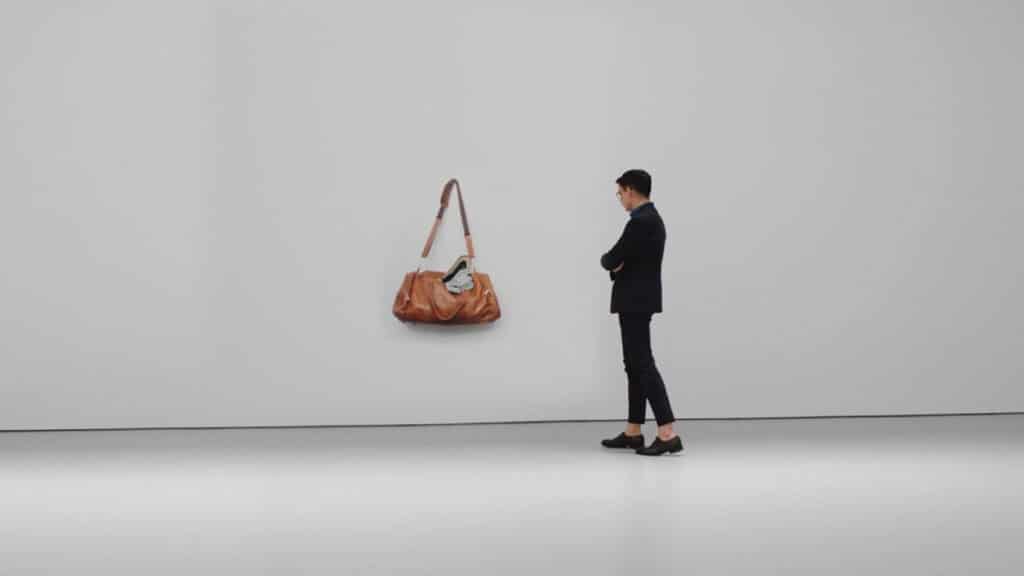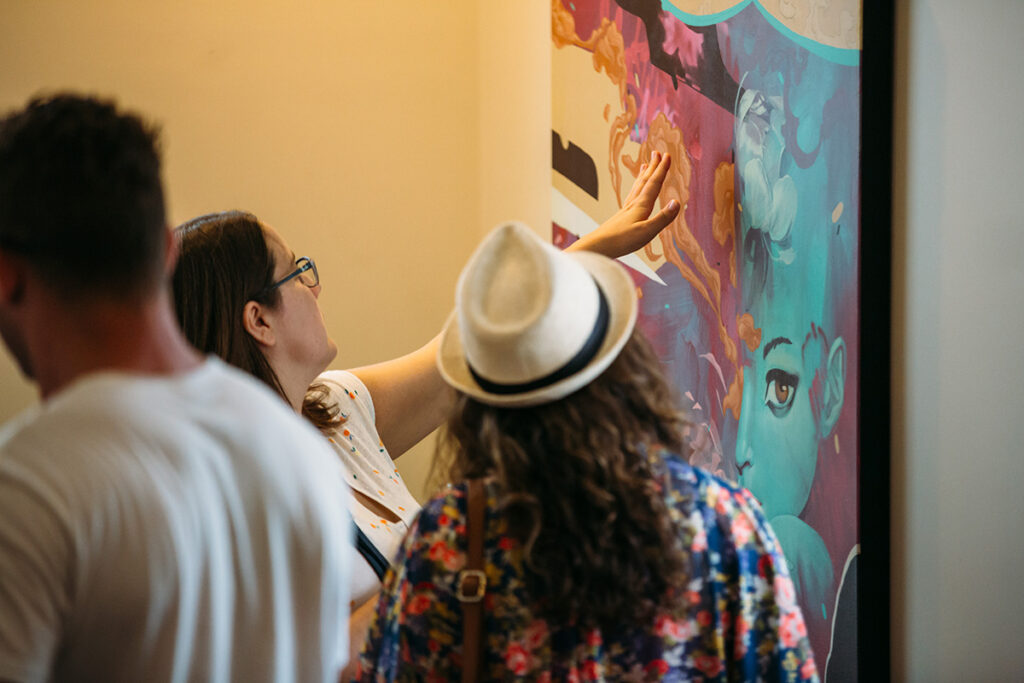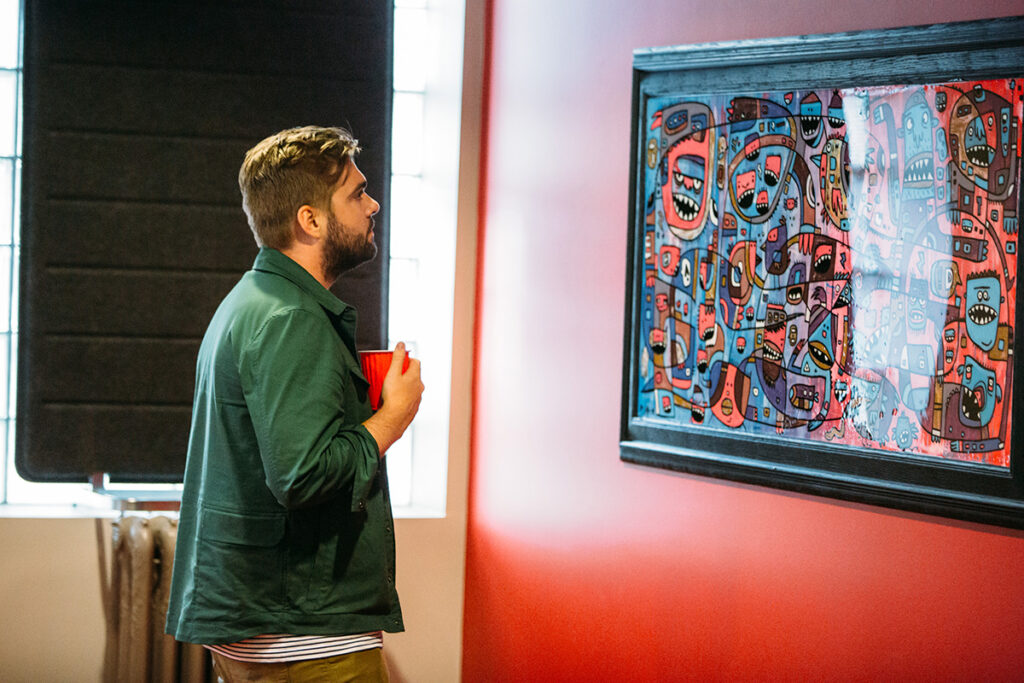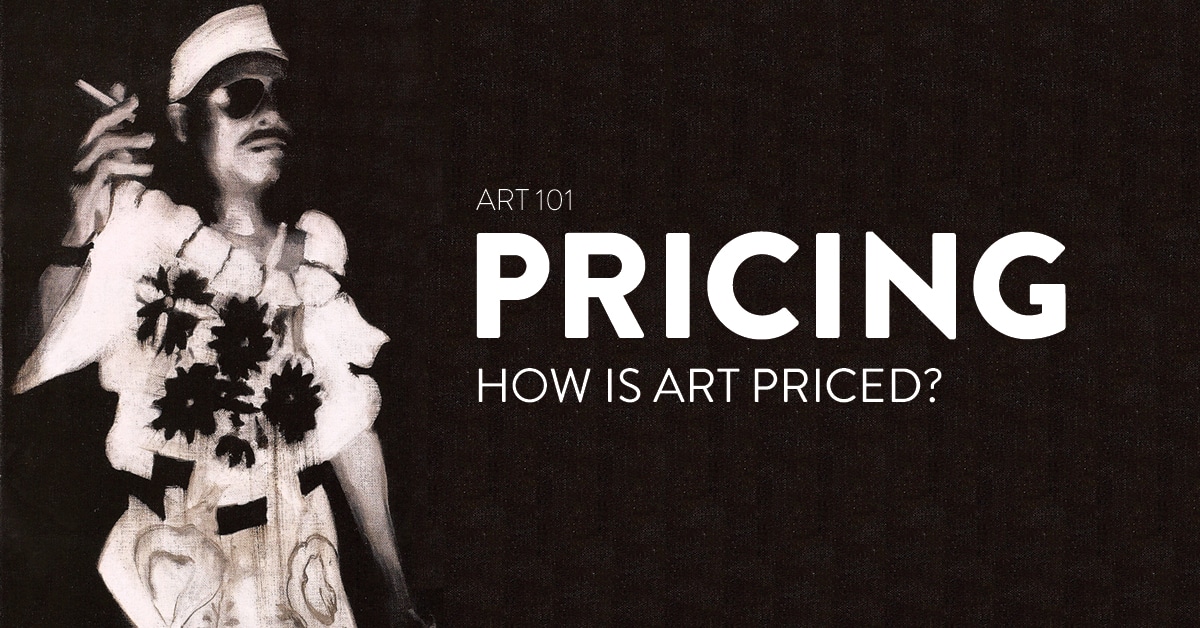Okay, you’re ready to purchase your first (or second or third) piece of art that costs more than your typical night out for a fancy dinner. You’ve visited an art fair or walk or two, spent some time looking at different artists on social media and have checked out a gallery or two (like us). Maybe you’ve written down the names of artists and works that you admire. You’re finally ready to take the plunge and buy one of these works. There’s just one thing you don’t understand: Where the heck do the prices come from?
Trust us, you aren’t alone in wondering how and why art is priced. First off, there’s all these different factors of the works themselves: types of print editions – limited, open, etc. – different print methods (silkscreen, giclee) with different inks and papers (archival vs photo). And these are just the obvious factors. There are also more subtle factors associated with the artist themselves, techniques, and subject matter. All in all, it’s pretty safe to say that there’s a lot that goes into determining the price of art!
Well have no fear, we’ve put together a handy guide to help you understand how pricing is determined, and how to make an informed decision about where to spend your money when buying art, whatever your budget, experience, or taste

Value vs Price
There are lots of factors that may go into the price of an artwork, including straightforward and visible things like size or labor intensity and less immediately apparent things like an artist’s reputation and demand from collectors. One factor that’s harder to discern is “value,” according to Todd Levin, a New York-based art advisor and founder of Levin Art Group. He distinguishes between price and value, emphasizing that the latter informs the former, but not the other way around.
Price, Levin said, is a quantity; it’s a number that, in a few (or sometimes many) digits, encapsulates any number of qualitative judgments at a given moment, as determined by a gallerist or the artist themselves. Value, on the other hand, takes a longer view as to a work’s aesthetic or conceptual worth, and determining it requires some investment in learning about the art market overall or a clear understanding of what type of art connects with you on an emotional or intellectual level (more on this below in the investment section).
To gain confidence in your ability to determine whether, for you, a work’s price and value are aligned, make a point of regularly visiting galleries and artist pages online. Spending time with great art helps exercise and sharpen your eye and will allow you to get a better understanding of what touches you deeply

Pricing Factors
Even before you start really spending time online following galleries and artists that you come across,, you can learn some basic guidelines that typically inform an artwork’s price. While there are no hard-and-fast rules, said Rebekah Bowling, specialist and head of the New Now 20th century and contemporary art auction at Phillips, unique objects (such as a painting or sculpture created by hand) tend to cost more than editioned works, such as, say, a series of ten prints, of which you might buy just one. Similarly, the work’s medium will often influence price. For the same artist, a work on paper will typically cost less than a painting of the same scale. Size is also a factor: bigger works tend to command bigger prices. But again, this isn’t necessarily true in all cases.
An artist’s life cycle is another key factor. Artists at the very beginning of their careers will typically have lower price points than mid-career artists, who typically have been showing their work for around a decade and have garnered some media attention and shown at a regional or national level. More established artists tend to cost more; they’ve typically been shown internationally and may be part of institutional collections.
Of course, not every artist comes with an obvious pedigree. In that case, take a look more closely at the work—the process, the artist’s intention, and what ideas and techniques animate it. Take a look at the artist behind the piece, do a bit of research into the pieces themselves, to understand how and why they were made. Any reputable gallery will be able to confidently provide you this information and/or a direct conduit to the artist themself. A little bit of research can help you intuit the value of work that’s deeply labor-intensive, intricate, and thoughtful.
To summarize:
Artist factors:
- Accomplishments, experience, production rate, subject matter, style, originality
Artwork factors:
- Uniqueness: if the artwork is entirely unique (like a painting), these will usually command higher prices than editions (sets) of artwork, such as print editions, where you would usually purchase 1 of a number of prints.
- Production technique (hand-pulled silkscreen vs giclée): hand-pulled silkscreen are often done by hand and take more time and are each slightly different original works themselves, so are often more expensive than giclée prints that use a special print machine.
- Production elements (archival inks & papers vs non-): archival inks and papers are specially designed to be resistant to weathering and fading so that they will last for a long time, and images need to be preserved indefinitely. Obviously, these will be more expensive than prints that don’t use these elements.
- Types of editions: Limited (only a limited number will be produced) vs open (unlimited number available) vs exclusive (only available through a single gallery). These can be combined (eg. an exclusive limited edition).
- Size of work
- Level of detail

Art as an Investment
This is a question we hear often at our shows by interested parties: “is this a good investment?” We always give the same answer: no (and yes).
No, because you shouldn’t treat art like a financial investment. Since most art works do not increase in value, it is important to set your own personal risk threshold. For one aspiring collector, that might be $300; for another it might be $3000. Be okay with spending that amount for little to no chance of recouping your investment.
However, there is another side to this (the “yes” part of our answer) – it’s not just about money! Once you take the money side out of the equation, you should collect art because you connect with a certain piece or artist and it gives you pleasure, in some form. Remember, your purchase is an investment in the artist themselves, the institutions that support them, and in the cultural landscape of your own community. All eminently valuable investments in their own right. And, if you buy it through a business, you can write off the value over several years.
Finally, when you are considering buying a piece that costs more than you may be used to, a great exercise is to assume the price for a work by a new artist will go to zero after, say, five years, much as a dining set would lose most of its value over a similar time frame. If that work cost $5,000, or $1,000 a year, it works out to a cost of roughly $3 a day. Ask yourself “Is the piece going to give me $3 of pleasure a day?” If it does, then it’s worth what you paid for it. And that is the point of buying art.

